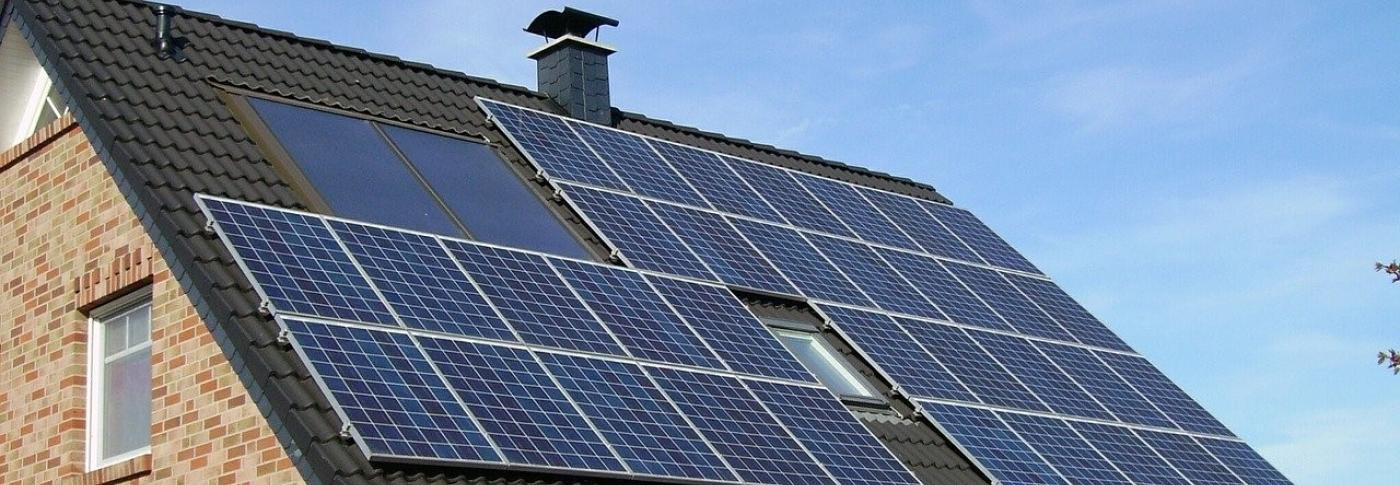
New contract sees domestic solar panels and batteries helping to balance the grid
3 Sep 2020 - 2 minute read
For the first time a frequency response contract has been awarded to a group made up entirely of domestic customers.
Social Energy has won the first ever fully domestic contract to supply week-ahead Firm Frequency Response (FFR), following the results of a recent trial weekly auction.
The green energy supplier will use 80 per cent of its fleet of battery-powered customers to provide 4MW of FFR capacity to the ESO.
Using their solar panels and batteries, customers can export their excess energy to the grid and automatically take advantage of low or even negative priced energy.
This excess energy is used by the ESO as FFR - one of the services we use to keep the electricity system in balance and ensure demand for power is matched by the levels of electricity generated.
FFR forms part of our programme of work preparing Britain’s electricity system to be able to run on purely zero-carbon electricity by 2025 – ready to accommodate whatever quantity of renewable electricity is being generated at that time.
What is frequency and why is it important?
The entire power network operates at a frequency of 50 Hz, which is determined by the number of directional changes alternating current (AC) electricity makes every second. However, just a 1% deviation from this begins to damage equipment and infrastructure, so it’s important we keep it at a consistent level.
Firm Frequency Response can help us keep the system in balance when there are deviations in system frequency caused by too much generation compared to demand or vice versa. In such events, to ensure that generation and demand can be quickly balanced, FFR uses approved assets to quickly reduce demand or increase generation.
What’s the bigger picture?
A complex set of processes are involved in keeping the power system stable – ensuring secure and reliable operability in real-time. Currently those processes, the foundations of the electricity system, rely to some extent on the intrinsic nature of traditional fossil-fuelled generation.
Over the past year we have begun transforming these foundations, designing new approaches and incorporating new technologies. Each little change means the grid is getting greener, and cheaper than the alternative option too, meaning savings are ultimately passed on to consumers
The Frequency Response Auction trial is a two-year project to trial the procurement of a portion of ESOs frequency response requirement via weekly pay-as-clear auctions. The trial, which is funded by the Network Innovation Allowance, supports core ESO Forward Plan deliverables to remove barriers to entry, promote competition and deliver value for end consumers.
Find out more about Firm Frequency Response here.
